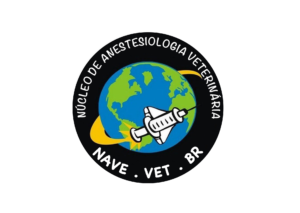are you concerned your pet is in pain?
Animals experience pain just like people do, and it is likely your pet will experience a painful event at some point in their life with you. Being able to recognise the first signs that your pet is experiencing pain will enable you to seek appropriate support to minimize their suffering and identify and treat the cause.
Common events that occur in a pets life that may cause pain are:
- Any form of surgery such as neutering, changes to their physical form (tail docking, claw removal, ear cropping which are now considered unlawful in some countries), mass/tumour removal, gastrointestinal (gut) surgery, orthopaedic (bone) surgery etc
- Dental (teeth) disease and dental procedures
- Ear disease such as ear infections
- Trauma such as falls, collisions (road traffic accidents), cuts, abrasions (grazes), bruises, fractures (broken bones)
- Skin disease such as allergies where the skin has been traumatised (sores)
- Arthritis
- Emotional distress (our understanding of what constitutes pain is expanding, and in line with human medicine, emotion related pain should be considered)
This list is not exhaustive.

Humans communicate
that they are experiencing
pain verbally -
- alongside their actions such grimacing, crying, adopting comfortable positions and postures and avoiding activities that may increase the pain. Animals cannot talk, so are unable to describe their pain, however they do change their facial expressions, behaviors, positions and postures. Understanding how your pet and their species demonstrate pain is essential to identify and alleviate it.
Pain is over-simplistically explained as existing in two forms - acute pain and chronic pain.
Acute pain is short in duration, associated with trauma or sudden onset disease, and ceases once healing has occurred. The behaviors associated with acute pain tend to be obvious and distressing. Chronic pain is longer in duration (commonly quoted as greater than 3 months), may be associated with previous trauma, degeneration, disease or may have no identifiable cause. Behaviours associated are often more subtle, and slowly appear often misinterpreted as “getting old” or “slowing down.”
There are many options to treat pain and the underlying causes/ drivers in animals including pain medications, physical rehabilitation, acupuncture, laser therapy and other electro-therapies, therapeutic massage, exercise and modifying their daily activities.
Below are respected websites that have helpful information for you and your pet. If you have more questions about your pet, please go to the ‘find a CVPP (certified veterinary pain practitioner)’ tab for contact information for a CVPP in your area.
Don’t let your pet suffer in silence! The mission of the International Veterinary Academy of Pain Management (IVAPM) is to educate animal stakeholders, including pet owners, about the identification, prevention and treatment of pain in all animals.





